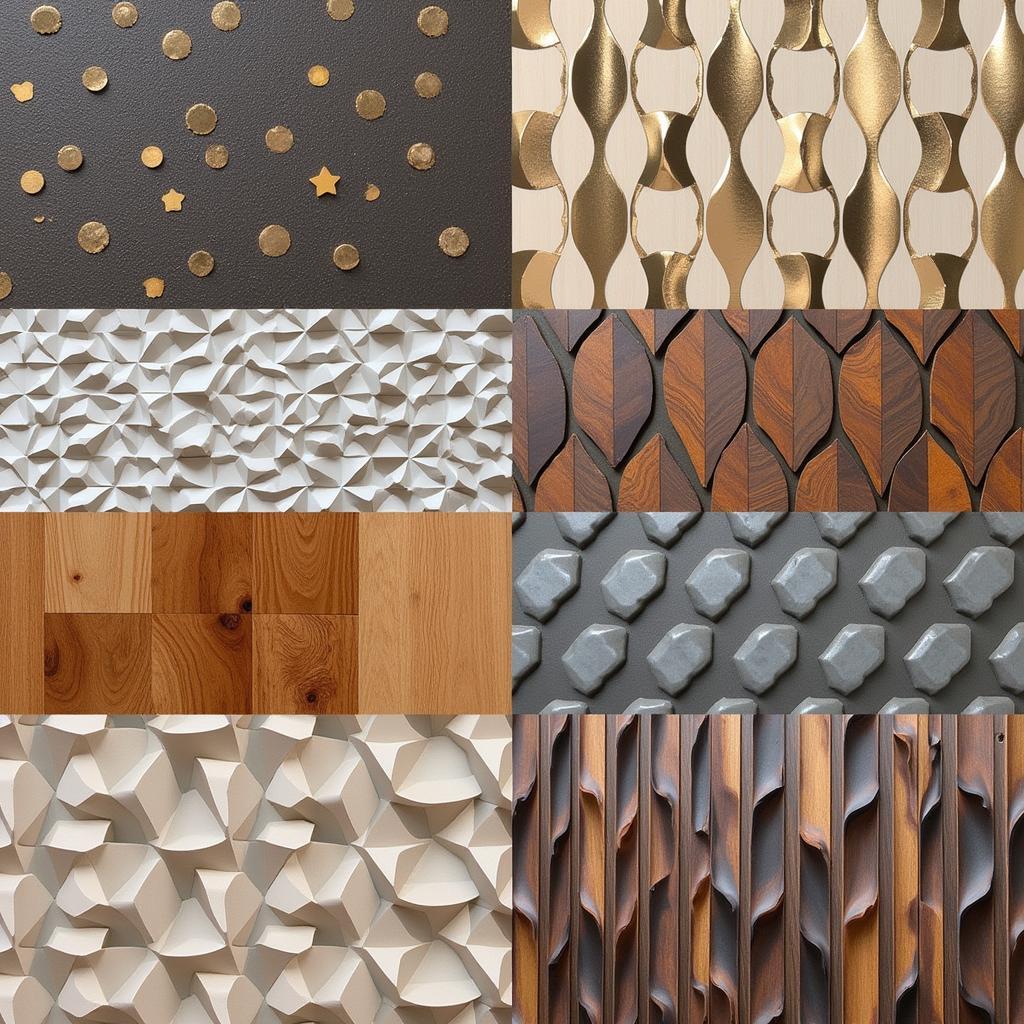Exploring the Divine Beauty of Christian Mosaic Art
Christian Mosaic Art, a testament to faith and artistry, has captivated viewers for centuries. From the shimmering walls of ancient basilicas to modern interpretations, these intricate artworks offer a unique lens through which to explore biblical narratives, theological concepts, and the spiritual journey. This article delves into the rich history, diverse styles, and enduring appeal of Christian mosaic art. After the initial surge, Christian mosaic art continued to evolve, embracing new techniques and artistic expressions while retaining its core spiritual significance. Check out more about antique Catholic art.
A Brief History of Christian Mosaic Art
Early Christian communities, often facing persecution, utilized the adaptable and durable nature of mosaics to adorn hidden places of worship. These early mosaics, while simpler in design than later works, powerfully conveyed core Christian beliefs. The medium flourished with the acceptance of Christianity as the Roman Empire’s official religion in the 4th century. Magnificent mosaics began to grace the walls and ceilings of grand basilicas, transforming these spaces into breathtaking visual testaments of faith.
The Symbolism and Significance of Christian Mosaic Art
Christian mosaic art isn’t merely decorative; it’s a powerful form of visual storytelling. Each piece, meticulously crafted from countless tesserae (small pieces of colored glass, stone, or other materials), carries layers of symbolic meaning. Biblical scenes, depicted in vibrant detail, brought scripture to life for a largely illiterate population. Images of Christ, the Virgin Mary, saints, and angels conveyed theological concepts and inspired devotion. The use of light and color, manipulated to create a sense of otherworldly beauty, further enhanced the spiritual impact of these artworks. You might also enjoy learning more about art with bible verses.
Different Styles and Techniques in Christian Mosaic Art
From the stylized forms of Byzantine mosaics to the vibrant realism of Renaissance works, Christian mosaic art has embraced a variety of artistic styles. Byzantine mosaics, characterized by their flattened perspective, rich gold backgrounds, and elongated figures, aimed to create an image of heavenly splendor. Later styles, influenced by the Renaissance and Baroque periods, incorporated greater realism and depth, emphasizing human emotion and dramatic storytelling. Explore the fascinating world of famous religious art paintings.
Where to Experience Christian Mosaic Art Today
Today, Christian mosaic art continues to inspire awe and reverence in viewers around the globe. From the awe-inspiring mosaics of Ravenna, Italy, to contemporary installations in modern churches, these artworks offer a tangible link to the rich history and enduring faith of Christianity. Museums and galleries worldwide also house impressive collections of mosaic fragments and restored panels, providing opportunities to study these intricate creations up close. For those interested in purchasing religious art, there are resources available, such as this Catholic art book.
 Mosaic of Christ in Ravenna Basilica
Mosaic of Christ in Ravenna Basilica
Preserving and Restoring Christian Mosaics
Preserving these fragile masterpieces for future generations requires specialized expertise and careful attention. Restorers employ painstaking techniques to clean, repair, and stabilize damaged mosaics, ensuring that their beauty and historical significance are not lost to time. The challenges of conservation, however, also present opportunities for new discoveries and deeper understanding of the techniques and materials employed by mosaic artists throughout history. You might also like vintage Catholic art.
Conclusion
Christian mosaic art stands as a powerful testament to the enduring power of faith and artistic expression. From the humble beginnings in the Roman catacombs to the magnificent displays in grand basilicas, these shimmering artworks continue to inspire and captivate viewers across centuries and cultures. Exploring Christian mosaic art offers a unique window into the spiritual journey, the beauty of artistic creation, and the enduring legacy of Christian faith.
FAQ
-
What are Christian mosaics made of? Christian mosaics are typically made from small pieces of colored glass, stone, or other materials called tesserae.
-
What is the purpose of Christian mosaic art? Christian mosaic art serves to depict biblical narratives, convey theological concepts, and inspire devotion.
-
Where can I see examples of Christian mosaic art? Examples can be found in historic churches, basilicas, museums, and galleries worldwide.
-
How are Christian mosaics restored? Restoration involves careful cleaning, repair, and stabilization of damaged sections using specialized techniques.
-
What is the significance of gold in Byzantine mosaics? Gold symbolized the divine light and heavenly realm in Byzantine art.
-
What are some common themes in Christian mosaics? Common themes include depictions of Christ, the Virgin Mary, saints, angels, and biblical scenes.
-
How long does it take to create a mosaic? The time required varies depending on the size, complexity, and materials used.
Need More Help?
If you need further assistance or have any questions, please don’t hesitate to contact us. Call us at 02462573573, email us at [email protected], or visit us at Savico Megamall, 7-9 Đ. Nguyễn Văn Linh, Gia Thụy, Long Biên, Hà Nội 10000, Việt Nam. We have a 24/7 customer support team available to assist you. We also have other helpful articles such as about vintage Catholic art or famous religious art paintings.





